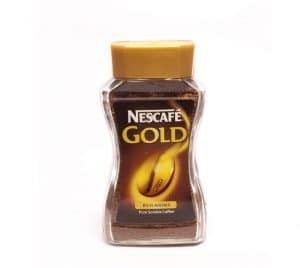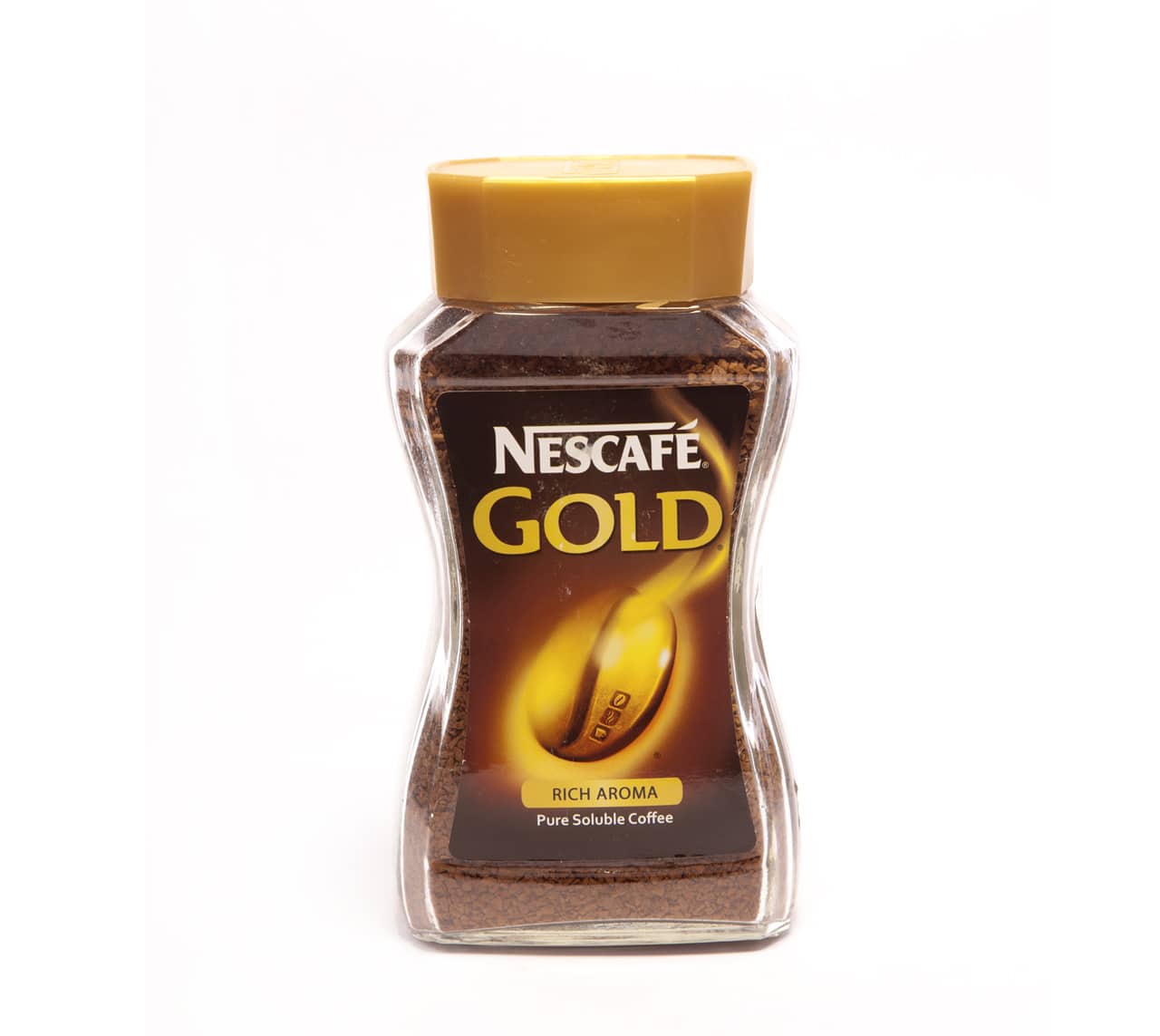The over-arching thought behind this column is to try and democratize Coffee and make a good cup of Joe accessible to everyone. We started at what, we thought, was the beginning – the cold brew – a method of preparation that requires no specialized equipment. We were mistaken. Our shortcoming lay in the assumption that even the most mildly enthusiastic coffee aficionado would find a way to score high-quality beans and the rest would follow. This was naive, at best.
Take my own case, for instance. My morning cuppa is a ritualised affair with much hand-cranking to grind fresh beans and constant monitoring of the temperature of the water. The steeping of the grinds is timed as is the press through the Aeropress into a pre-warmed cup. But, when I get to the office my choice is limited to the swill that comes out of the vending machine and whatever else I can manage at my desk. So, yes, I drink instant coffee.
That’s not a total cop-out, however. There is instant coffee and there is Instant Coffee. Actually, there are several more levels of nuance in there. And, this column is here to help you elevate your instant coffee game to the next level. First, we choose our coffee wisely.
1. Coffee-Chicory Mix (think Sunrise, Bru or Filter Coffee) is, as the name suggests, a mix of spray-dried coffee powder and ground, baked chicory root which serves to bulk-up the coffee and adds a bitter taste and more mouthfeel. While it is well-suited for Filter Coffee, or for adding to milk, we will not be concerning ourselves with this variety.
2. Spray-dried coffee (think regular Nescafe) is prepared by brewing ground coffee beans in highly efficient extraction equipment across a broad temperature spectrum to fully extract the various flavours. This extract is filtered and concentrated and then “dried” by spraying it as a fine mist through hot air at 250°C. The water evaporates and the fine powder is “agglomerated” by wetting the surface to cause the particles to adhere in larger, more manageable clumps. Throughout the process Oxygen is removed to prevent loss of flavour and the various volatile gases given off are recovered and added back to the coffee during packaging.

A careful consideration of the similarities and differences between spray-drying and freeze-drying should tell us a lot about what to expect from a resulting cup. The fact that both coffees get subjected to high temperatures during extraction warns us that the coffee has been “cooked” once before being packed. The aromas are all there when you first open the pack – they were recovered and added back – but this coffee will only be a faint outline of what a freshly brewed cup could have been. That said, the big boys of coffee have access to beans that we, retail consumers, do not and it might still be worth your while to try them out.
The crucial difference is in the drying process. Because spray-dried coffee gets significantly abused during this stage (it is, effectively, twice-cooked by this stage) it will forever be the impoverished cousin to Freeze-dried Coffee’s more authentic flavour. And, since freeze-drying better preserves flavours this process also tends to get used for the better (and more expensive) beans. This a double whammy in favour of freeze-dried coffee. Not only are better beans usually freeze-dried but their flavour is also better preserved with this method. And, while freeze-dried may cost twice what spray-dried does, it is worth the extra.
We have established that pure coffee is better than a coffee-chicory mix and that within pure coffee, freeze-dried is better than spray-dried. Are there distinctions with freeze-dried coffee too? You betcha! Coffee can be freeze-dried quickly (30-120 seconds) or slowly (10-180 minutes). Quick-drying results in lighter-coloured granules and a commensurately more delicate cup of brew. Also, what mixture of beans has been freeze-dried is of paramount importance. Single-origin coffees sit at the top of the heap followed by pure Arabica blends which, in turned, are followed by Arabica-Robusta blends. Now you know what to look for at the supermarket.
Now comes the part where you, the drinker, can influence the taste of the brew. Here’s my go-to preparation method for instant coffee – spray or freeze-dried.
In a large cup add filtered water to fill the cup a fourth of the way. On to the water drop one rounded teaspoon of instant coffee of your choice. Do not stir! In a kettle bring to boil one cup of water. Once the water reaches a boil take it off heat. Wait 30-60 seconds so that the water reaches a temperature of, approximately, 95°C. Now tilt the cup and pour the hot water down the sides of the cup in a slow, steady stream. Your coffee is now ready to drink. A good visual indicator that the coffee is prepared well is a swirl of white crema at the edges of the cup. This is the oil in the coffee and the white indicates that the oils haven’t been burnt. What you should have now is a good coffee free from the bitter taste we associate with bad coffee.
Disclaimer: No spoons were damaged in the making of this coffee.


